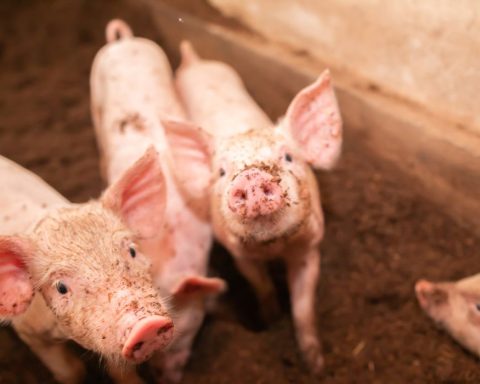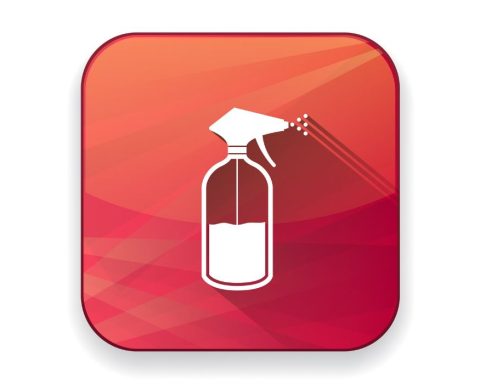This article was originally published on the Nonprofit Chronicles.
Mauricio Lim Miller spent about two decades leading an anti-poverty organization in the San Francisco Bay Area, and he did it well, so well that President Clinton invited him to the 1999 State of the Union address. But Miller was disillusioned. “I became very cynical about my work,” he told me.
He had come to believe that social service programs in the US focus too much on the weaknesses of poor people, treating them as victims who need fixing, while failing to capitalize on their strengths. He thought about his mother, a Mexican immigrant, who had a third-grade education but pushed him to get a college degree, which he did at UC Berkeley. “She was very smart. She was very resourceful,” he said. “But no one saw that. People put her in a box. She hated that.”
In 2001, with a push from Jerry Brown, who was then the mayor of Oakland, Miller started the Family Independence Initiative, a nonprofit that enables poor people to connect with one another, share ideas and resources — and then mostly stays out of the way.
“Humanity’s very diverse,” Miller said. “You’re never going to figure it out from the top.”
The program seems to work. It has expanded into Boston, New Orleans and Albuquerque from its base in California. Miller has been named to a White House advisory panel on community services, chosen as an Ashoka fellow and recognized by the MacArthur Foundation with a so-called genius award.
But here’s the thing: Despite the acclaim for Miller and, more importantly, the evidence that FII improves people’s lives, FII remains small. It worked with about 2,000 families and raised about $6.3 million last year. Many foundations have supported FII, but mostly with modest grants, leaving hundreds of families on waiting lists, seeking to participate.
I had lunch with Mauricio Miller and Jesus Gerena, FII’s managing partner, last week at Opportunity Collaboration. Held in Cancun, Mexico, OC, as it’s known, is a five-day confab of about 400 people from nonprofits, business, foundations and government who work on alleviating poverty. I attended as a Boehm Media Fellow, thanks to the generosity of the Boehm Gladen Foundation led by Ron and Marlys Boehm.
Miller, who is 70, is an unpretentious guy with an easy laugh. He holds strong opinions. Too many anti-poverty programs don’t work, he told me, but they persist because poor people don’t have power, and many of the government and nonprofit people in charge — “poverty pimps,” he called them — have little incentive to change. He does not spare himself from this critique. “For 20 years,” he said, “I had a job because people were poor.”
FII puts the families in charge. They get financial support–either a computer or a $350 credit to buy one, along with about $100 to $150 a month to pay them for the time they spend entering detailed information about their finances, education, housing, employment and social networks into a database where their progress is closely tracked. They are also required to attend monthly meetings with a self-selected group of peers, where participants help one another, hold one another accountable and share ideas, resources and connections.
What Miller wants to do, in essence, is recreate the conditions that enabled millions of Americans–waves of immigrants, as well as people born here–to escape poverty. Said Miller: “It’s called ‘keeping up with the Joneses.’”
Peers replace case managers.”We want a pure model where no one is telling the families what to do,” Miller said. How pure? “We fired four staff who tried to be helpful,” he said. I thought he was joking, but no. As David Bornstein wrote in The New York Times back in 2011, Miller believed that “the assumption of incapacity behind the helpfulness was a big part of the problem.”
Instead of advice, FII offers incentives. Families that qualify can get small grants to match their savings, scholarship funds and access to KivaZip loans to start businesses. But again, support from peers is key. More than 50 groups around the country have formed lending circles, to lend one another money. FII has also built a social network for participants, called Up Together. There, people connect to share advice and opportunities.
How’s the program working? By most accounts, very well. A 2011 report from the New America Foundation, citing FII’s own data, says participating families in Oakland who completed the two-year initiative increased their incomes by 27 percent on average, and 40 percent bought homes within three years. (About 10 percent drop out, Miller told me.) According to Greenlight Fund, which supports FII’s Boston work, 41 percent of families that start below the poverty level climb above it in three years and 46 percent of Boston families reported that their health improved. Other studies found that participants had more savings and less debt, and that their kids did better in school. Anecdotal success stories abound.
That said, FII wants to improve its technology and to expand. Five hundred families are on a waiting list in Boston. “We need to move onto apps and phones,” Miller said. Jesus Gerena, who’s his heir apparent, said FII aims to reach tens of thousands of families in five years.
Can FII scale?
It won’t be easy. According to FII’s latest Form 990, the group’s biggest donor in 2015 was the little-known Ray & Tye Noorda Foundation, which gave $1.5 million. FII has also been supported by the Eos, F.B. Heron, Kellogg, Kresge, and McGregor Foundations, among others, and by the New Profit, a so-called venture philanthropy fund. The Fortitude Fund, a new vehicle for the philanthropic giving of investor Bill Ackman and his wife Karen, is an enthusiastic supporter, its managing director, Amy Herskovitz, told me.
Why isn’t more money flowing to FII? The US government, after all, spends hundreds of billions of dollars annually, if not quite $1 trillion, to help the poor, and nonprofits that deliver human services brought in another $45 billion last year. If FII’s self-help model truly works, it could be adapted or adopted by others.
I’m speculating but I can think of three reasons why FII remains small.
First, although Miller tells the FII story well, the organization needs to better document its impact. It’s hard to find data on its website about program costs and results. It’s also hard to find an annual financial report, Form 990 or list of people on the group’s board, which isn’t reassuring. Transparency matters more than ever these days.
Second, the absence of an independent evaluation of FII might put off some funders. Miller might want to talk to Dean Karlan of ImpactMatters. (See my 2015 post, If not overhead, then what? Maybe this.) Or the Ford Foundation, with its focus on inequality, might want to look at FII.
Third, and I hope I’m wrong about this, the well-educated foundation executives who spend their time developing “theories of change” or deciding what “outcomes” they want to buy might be put off by FII’s hands-off approach. They might sense that working from the bottom up threatens the premise of their latest top-down “innovation.” Or they simply might find it hard to believe that poor people know they need better than the rest of us do.







